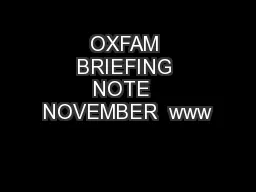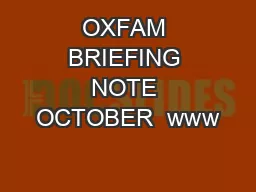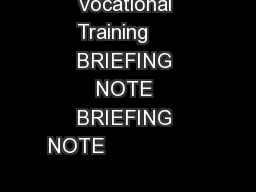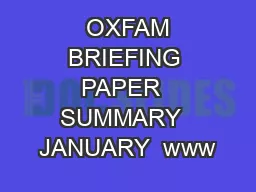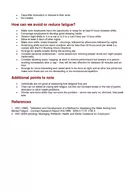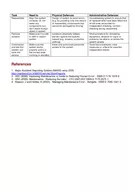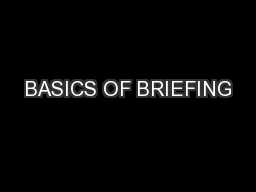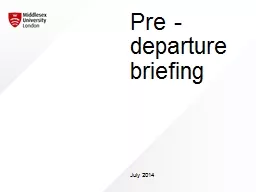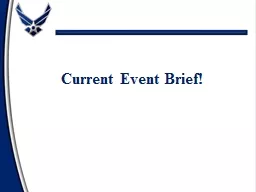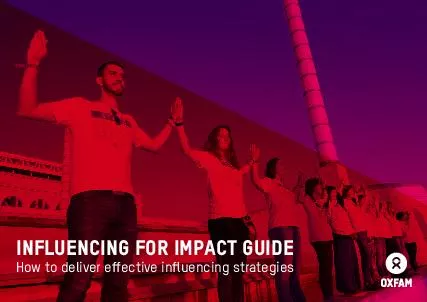PDF-OXFAM BRIEFING NOTE NOVEMBER www
Author : tatiana-dople | Published Date : 2015-01-16
oxfamorg hoto Credit Colin KeeganIrish Mirror courtesy of Oxfam Ireland 157526757347255734772 WAIT Why Disaster Risk Reduction and Climate Change Adaptation plans
Presentation Embed Code
Download Presentation
Download Presentation The PPT/PDF document "OXFAM BRIEFING NOTE NOVEMBER www" is the property of its rightful owner. Permission is granted to download and print the materials on this website for personal, non-commercial use only, and to display it on your personal computer provided you do not modify the materials and that you retain all copyright notices contained in the materials. By downloading content from our website, you accept the terms of this agreement.
OXFAM BRIEFING NOTE NOVEMBER www: Transcript
Download Rules Of Document
"OXFAM BRIEFING NOTE NOVEMBER www"The content belongs to its owner. You may download and print it for personal use, without modification, and keep all copyright notices. By downloading, you agree to these terms.
Related Documents

